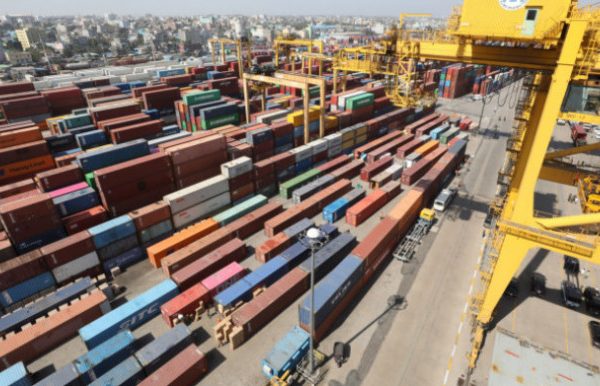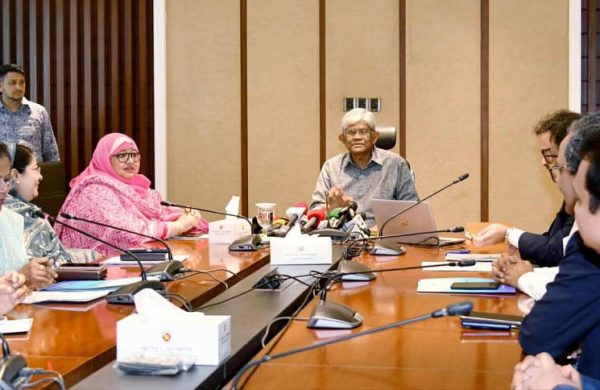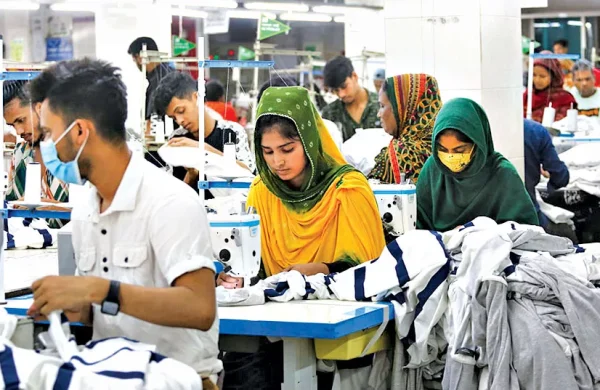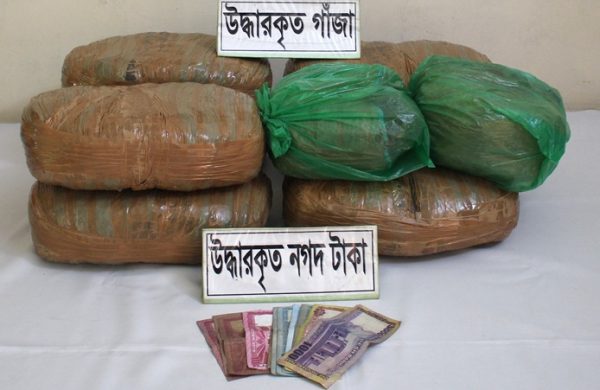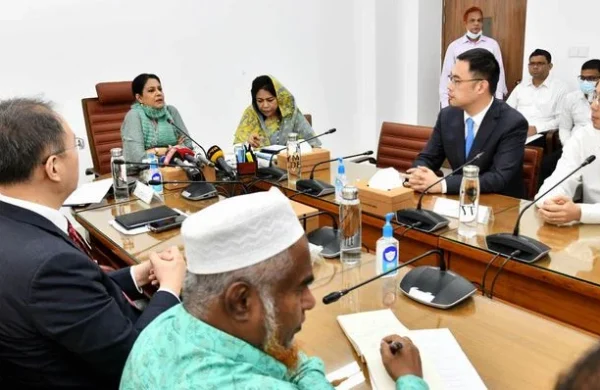Gas-power crisis hits apparel production: Export orders declining
- Update Time : Tuesday, September 13, 2022
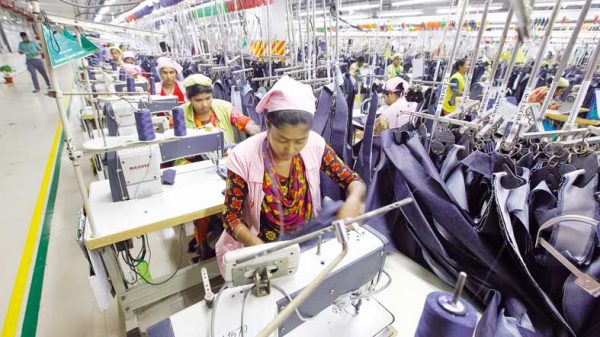
Rehennuma Tarannum
Due to extreme gas and power crisis, the production of textile and garment factories, which used to operate 24 hours a day earlier, is now being disrupted severely. As a result, the supply chain has reached on the verge of collapse. If the situation is not improved soon, the sector may face dire consequence in future, insiders apprehended.
According to BGMEA estimates, garment exports were worth more than $4 billion last June. In July, it fell to $337 million. Export income in August was $3.74 billion. Accordingly, the export income has decreased in the last two months. Besides, in two months (July and August) of the current financial year, the export purchase order has decreased continuously.
Due to inflation and recession in export markets-Europe and the United States, the work orders for next season have reduced by about 20 to 30 percent. Garment owners fear that, it may decrease further in the coming months.
For this reason, the garment traders have requested to supply uninterrupted electricity and gas according to the demand of the export-oriented industries in a special arrangement. Also, they appealed to the government to keep the tax at the source of this sector at 1 percent this year at the same level as the previous year.
Due to the Corona pandemic, the global crisis has affected the apparel sector as well. This sector, which is one of the export resources, has faced another shock without being able to handle one shock. The garment industry is being severely disrupted by one shock after another. Due to the global crisis, the buying companies are reducing the new orders of clothing purchases at an alarming rate. Export orders have fallen by an average of 30-35 percent in the last few months. Among them, Walmart, the country’s largest buyer of clothing, has announced that, it will reduce 30 percent orders in the global market. The entrepreneurs of the clothing sector are in extreme fear. They think that, the clothing industry is going to fall into a deep crisis again. The entrepreneurs of this sector said that, the cost of production has already increased in the garment industry due to various reasons including the increase in the price of raw materials. The buying companies did not increase the price of clothes; on the contrary, they reduced the order. Due to this, there is a risk that the garment industry will fall into crisis again.
They said, buyers do not want to accept an hour delay in product shipment. As a result, Bangladesh’s position of trust in global trade will be deficient.
BGMEA President Farooq Hasan said, “The energy crisis is going on around the world. Gas-power crisis at the local level is affecting our garment industry as well. This increases the cost of the industry in two ways. Due to shortage of electricity, generators are being run on diesel in factories. Generators are frequently breaking down due to over running time. This increases the cost of production in the industry.”
He further said, “Our special request to the government is to supply uninterrupted electricity and gas according to the demand of the export-oriented industries in a special system. Other request is: the withholding tax which has been increased to 1 percent this year, should be kept at the same level like the previous year.”
There has been continuous growth in the garment industry till August this year. But in the last two months, we have noticed with concern that. the purchase orders have been decreasing continuously. Retailers are struggling to adapt to an increasingly inflationary global market. Retail sales of many branded goods have come down. This increases their unsold products. Considering these, our exports may decrease further in the coming months, he added.
In this era of fast fashion, we have to keep pace with the world. Supply chain is very important in fast fashion concept, where production, shipping, fast delivery of products has to be done around the clock. That is, all the steps from production to delivery have to be done in the shortest possible time. Therefore, in the current situation, it is necessary to simplify the import-export processes, especially customs, port and bond related processes to accelerate exports. If these are done, we will be able to take advantage of fast fashion, said Farooq Hasan adding that the Prime Minister Sheikh Hasina visited India recently. Bangladesh-India Business Forum was held during the visit. There the Prime Minister called upon the Indian government and entrepreneurs for more investment in industrial production, energy, infrastructure and transport sectors in Bangladesh.
According to the data, Bangladesh joined the world market of garment industry by exporting goods worth $31.57 million in the fiscal year 1983-84.
At that time, 4 percent of the country’s total exports of $81.10 crore were clothing products. Since then, the garment sector has become the country’s main export product in the last four decades. Bangladesh is recognized as the second largest garment exporter in the world. In the last fiscal year 2021-22, Bangladesh exported $42.61 billion of clothing, which is 81.81 percent of the total exports. The growth compared to the previous financial year was 35.47 percent.
Not only exports have progressed, the country’s garment sector has undergone major reforms after the Rana Plaza disaster. It has also been environmentally friendly.
According to the US Green Building Council, seven of the top 10 green factories in the world are in Bangladesh. Apart from this, 50 factories have been placed in platinum, 101 factories in gold and 10 factories in silver category. Siddiqur Rahman, former President of BGMEA advised to keep the export sector out of power rationing.
He said that, buyers do not want to accept an hour’s delay in product shipment. This will create a deficit in the position of trust we have gained in the global trade in the last years. As a result, we think the government will review the matter. Because of the country is currently in a dollar crisis. In this situation, the policy makers of the government should think before taking any decision that may hinder exports.
Production costs have increased due to load shedding and abnormally high fuel oil prices. Again the total production has also decreased by at least one-third.
Fazle Shamim Ehsan, Vice-President of BKMEA said that, “Production in factories has decreased by one-third due to load shedding and gas shortage. It has caused of low export orders as the producers can’t deliver the goods in time like earlier.”
Lack of gas is a greater problem than electricity due to captive power plants. Dyeing and finishing factories also require gas. There is no gas pressure during the day. Dyeing and printing quality is deteriorating day by day. It increases the amount of abandoned products, Fazle Shamim Ehsan said adding that, due to the power crisis, the entrepreneurs running diesel generators. Consequently, they are bearing another burden and incurring huge financial losses.
According to the agreement with the buyers, the goods should reach their hands anyway. Losses like this could lead to the closure of many factories. Because of small and medium-sized factories cannot afford to incur losses for a long time. About 80 percent of the country’s factories are of this type.
Professor Mostafizur Rahman, Honorary Fellow of CPD, a private research organization, said, “If the gas-electricity crisis is prolonged, the export sector will be under pressure. Production costs are increasing. If the products do not reach to the buyers’ hands on time, the traders will lose their ability to compete. Meanwhile, the decline in export orders bears that indication. So, the government should take step right now to protect the apparel industry of the country.”





